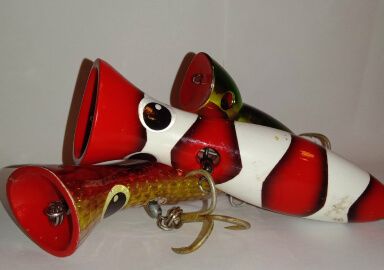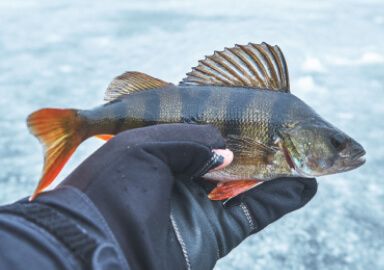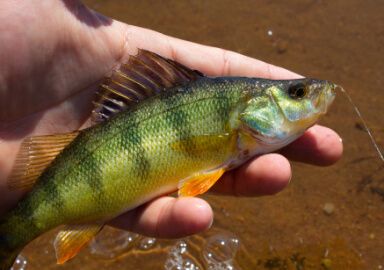European Perch
“The little striped rogue”, as they sometimes call the European perch, is an active predator that attracts anglers more than its size would suggest.
View 4 listings
4
listings
–
price starting from
4
countries
–
to the nearest trip
Where and When?
The European perch is found all over Europe, with the exception of Spain and Portugal, and in Northern Asia, up to the Kolyma River basin in the east. It has also been introduced to Australia, Tasmania and New Zealand, where it is listed as a “noxious species”. Arguably, the best place for European perch fishing is the basin of the Baltic Sea, where they grow very big on a diet of herring. This, however, is highly debatable, and enthusiastic anglers all over the perch range, from Britain to Russia, are likely to say that the best perch fishing grounds are “right over here!”
The best time for catching European perch is a question for heated debate, mostly because the fish will take the bite at about any time of year. The possible exception is the period of spawning, which may take place from February to June, but happens in March-April across most of the species’ range. During spawning, the perch don’t feed as actively, but will start eating with doubled enthusiasm once the reproduction period is over. Four to six weeks after the end of spawning marks perhaps the best fishing opportunity for European perch, but it will keep taking the bait actually all through the summer and winter. Ice fishing enthusiasts prefer the early season, after the lakes and rivers have just frozen over, and the late season, when the ice is about to melt and the perch feeds actively to prepare for spawning.
About European Perch
The European perch (Perca fluviatilis) has a rather short, tough body, with small, hard scales. It is usually green or dark green, with a number of darker vertical stripes; the fins are bright red. With age, the fish becomes darker in color, with less pronounced stripes, and develops a characteristic hump on the back.You can find European perch in just about every river and lake, reservoir or canal within its range; is mostly a freshwater fish, but can also be found in the Baltic Sea with its low salinity levels. Commercial fisheries caught perch as large as 3.75 kg (8 ¼ lb), but the current recognized world angling record is a 2.9 kg (6 lb 6 oz) fish caught in Finland. The European perch lives in groups, composed of the fish of the same age and size; usually the smaller the perch, the larger the group. It is an active and insatiable predator; the young feed mostly on invertebrates, worms, and fish roe, while the bigger fish hunt other fish.
How to Catch?
Any method of catching predatory fish can be used to catch European perch. Smaller fish will readily take a simple hook baited with a worm, for a bigger fish bait that imitates small fry, their preferred prey, will work better. The European perch is not always associated with fly fishing, however, you can catch big perch on the fly as well. Most European anglers, however, prefer spinning gear and vertical jigging, especially in the winter. Look for the biggest perch on the deepest parts of the river or lake; if the area is beset with underwater logs, so much the better. Shoals of perch betray their presence as they chase their prey, which often tries to escape by jumping over the water.
Perhaps the best moments of a perch angler’s lifetime happen when a big shoal of perch take part in the so-called “beat” - when they surround a large school of smaller fish; the surface inside the circle may appear to be ‘boiling’ with prey fish leaping above the water, which attracts the gulls, who crowd over the area, giving the angler the clue as to what’s going on. The perch will get so excited that they will grab anything remotely resembling a lure; once caught, the European perch will give a fight on par or stronger than any other fish its weight.










